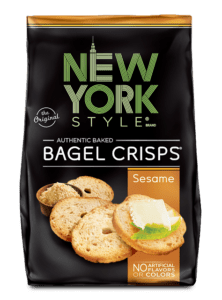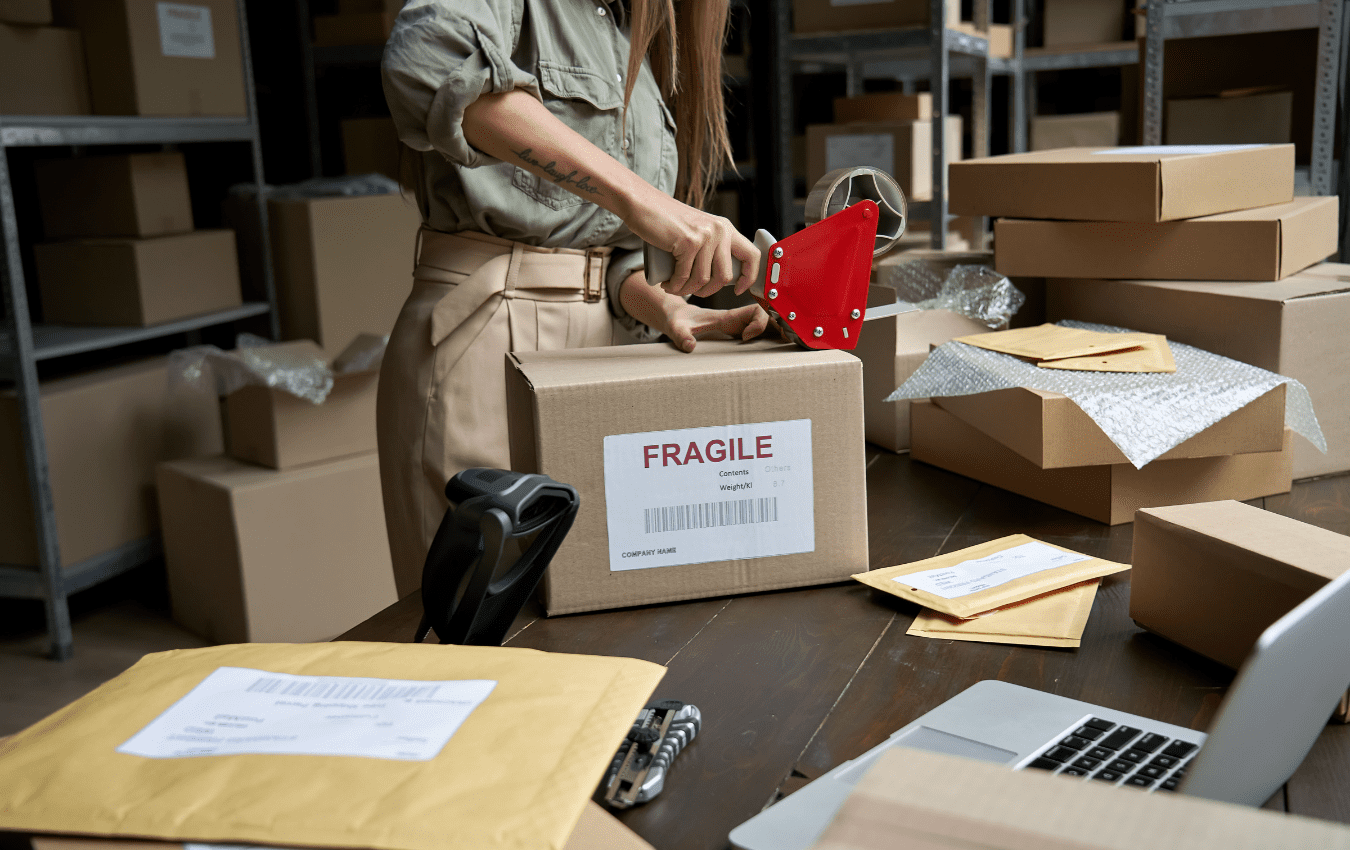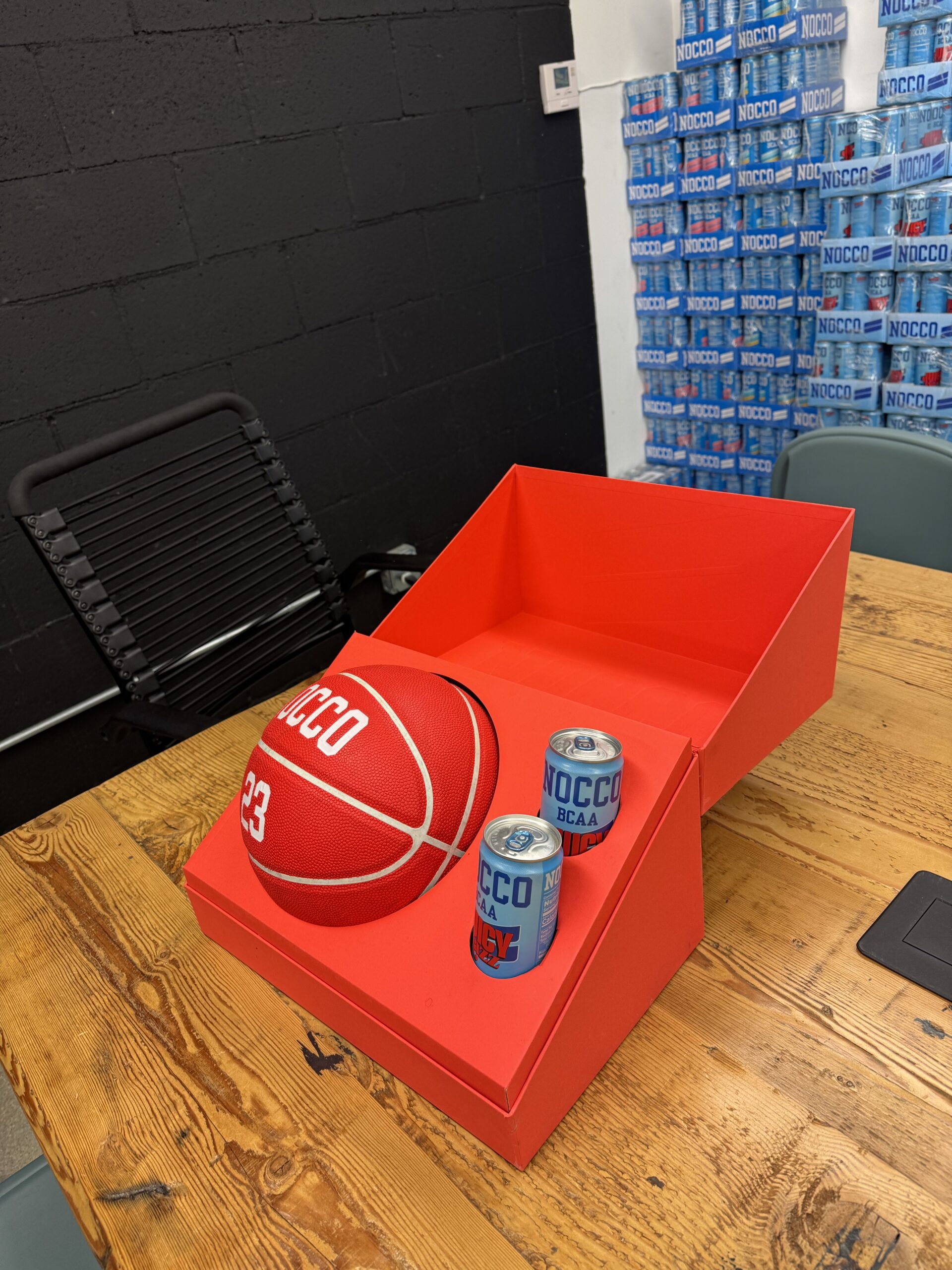Home » Evaluating Packaging Needs: A Fiscal Year Guide
Evaluating Packaging Needs: A Fiscal Year Guide
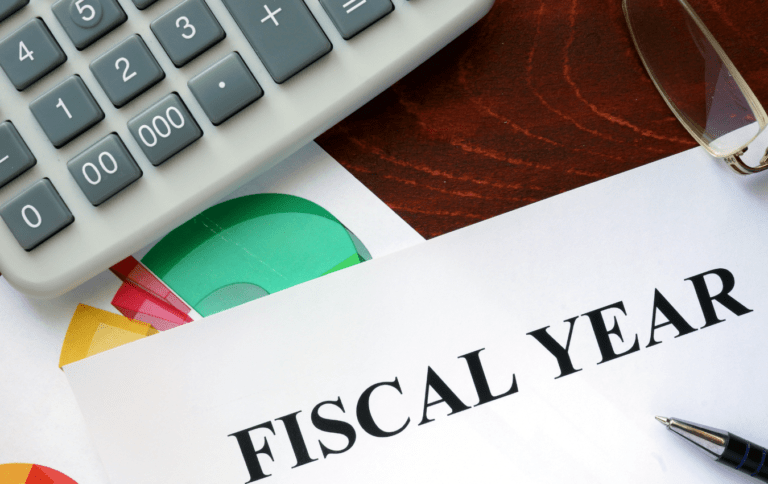
As businesses prepare for a new fiscal year, evaluating packaging needs becomes a crucial part of the planning process. Effective packaging not only protects your product but also plays a significant role in branding and customer experience. This blog post will guide you through a comprehensive approach to assess your packaging needs for the upcoming fiscal year.
Understanding Current Packaging Performance
Start by reviewing the performance of your current packaging. Consider factors like:
- Customer Feedback: Gather insights from customer reviews and surveys regarding the packaging. Are there any common complaints or suggestions?
- Damage Rates: Analyze the rate of product damage during shipping. High damage rates might indicate the need for more robust packaging.
- Cost Effectiveness: Evaluate the cost of your current packaging materials and processes. Are there areas where you can cut costs without compromising quality?
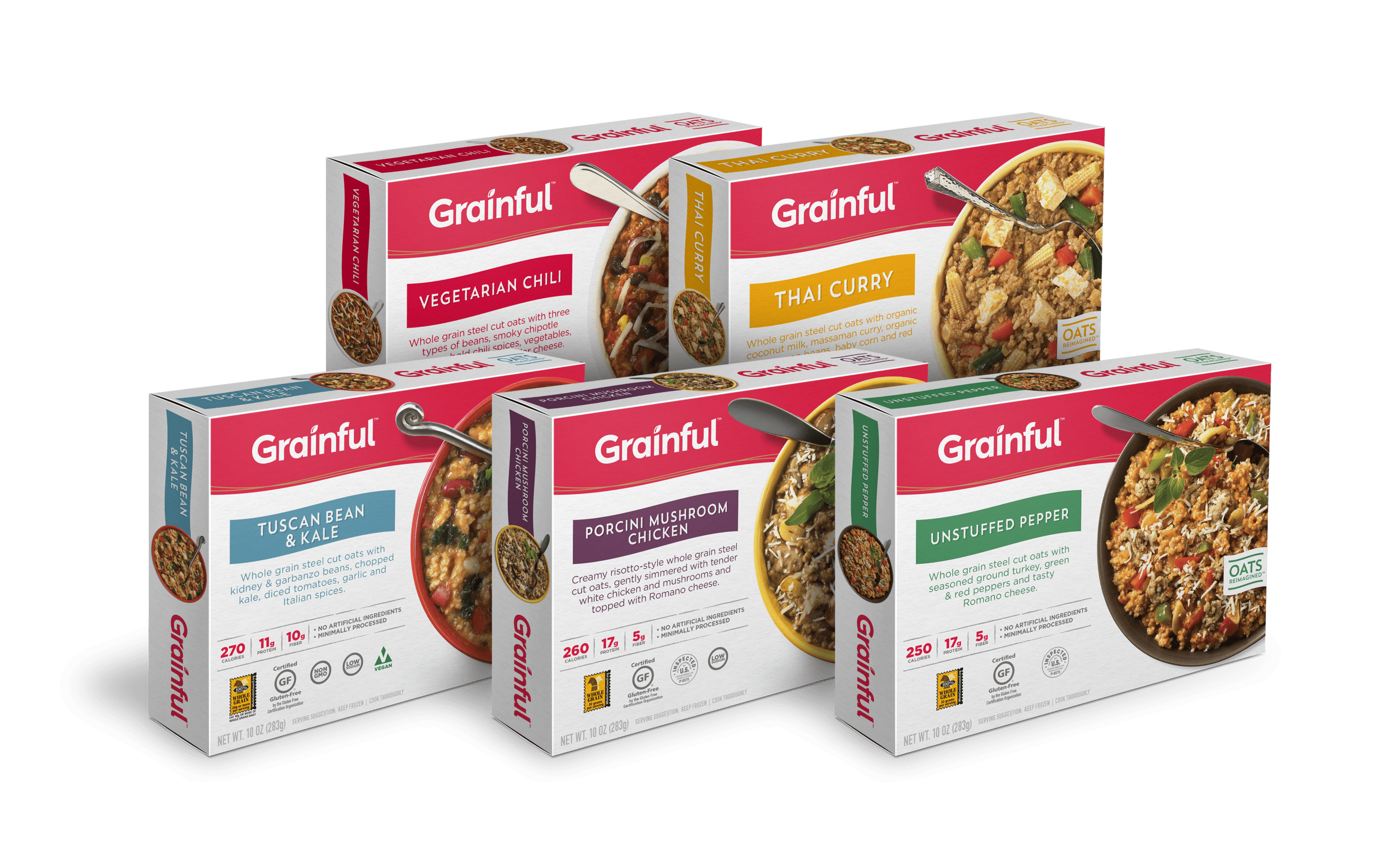
Forecasting Product Trends and Changes
Anticipate any changes in your product line that might affect packaging needs:
- New Products: Consider the packaging requirements for any new products you plan to launch.
- Product Modifications: Changes in size, shape, or fragility of your products will affect packaging choices.
- Market Trends: Stay abreast of market trends, like sustainable packaging, that could influence consumer preferences.
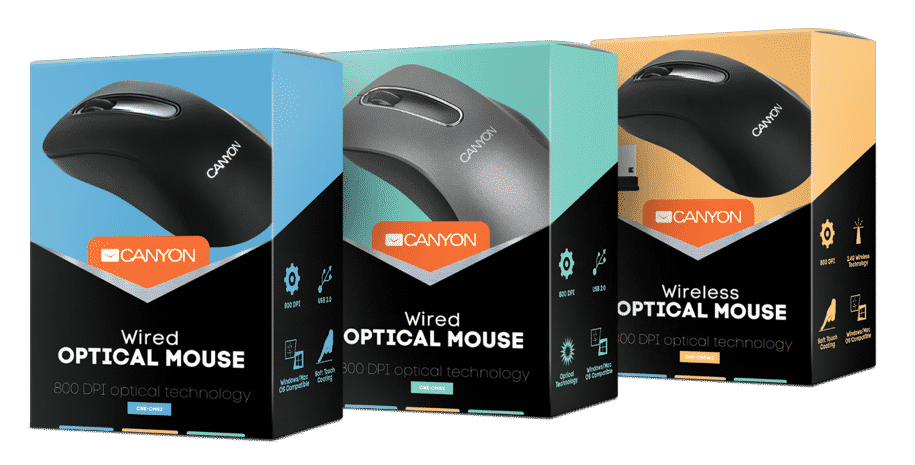
Assessing Sustainability and Environmental Impact
Sustainability in packaging is no longer a trend but a necessity. Assess your current packaging’s environmental impact:
- Material Usage: Are the materials used in your packaging recyclable or biodegradable? Could you switch to more sustainable options?
- Supply Chain Footprint: Consider the carbon footprint of your packaging supply chain and look for ways to reduce it.
Evaluating Supplier Relationships
The reliability of your packaging suppliers is crucial. Reflect on these relationships:
- Supplier Performance: Assess the performance of your current suppliers in terms of quality, delivery time, and communication.
- Cost Negotiations: Explore opportunities to renegotiate costs or find more cost-effective suppliers without compromising on quality.

Technology and Innovation in Packaging
Stay updated on the latest in packaging technology and innovations:
- Automation in Packaging: Can automation improve efficiency in your packaging process?
- Innovative Materials: Are there new materials that offer better protection, sustainability, or cost-effectiveness?
- Smart Packaging: Consider the adoption of smart packaging technologies that add value, such as QR codes or augmented reality features.
Budget Allocation for Packaging
Determine how much of your budget should be allocated to packaging, considering:
- Cost vs. Benefit Analysis: Balance the cost of improved packaging against the potential benefits, like reduced damage rates or increased customer satisfaction.
- Long-term Investments: Consider investing in higher-quality packaging that might be more expensive upfront but offers long-term savings.
Compliance and Regulatory Considerations
Ensure your packaging complies with industry regulations and standards:
- Local and International Laws: Be aware of packaging laws and regulations, especially if you’re shipping products internationally.
- Industry-Specific Standards: Certain products may have specific packaging standards, like food safety or hazardous materials.
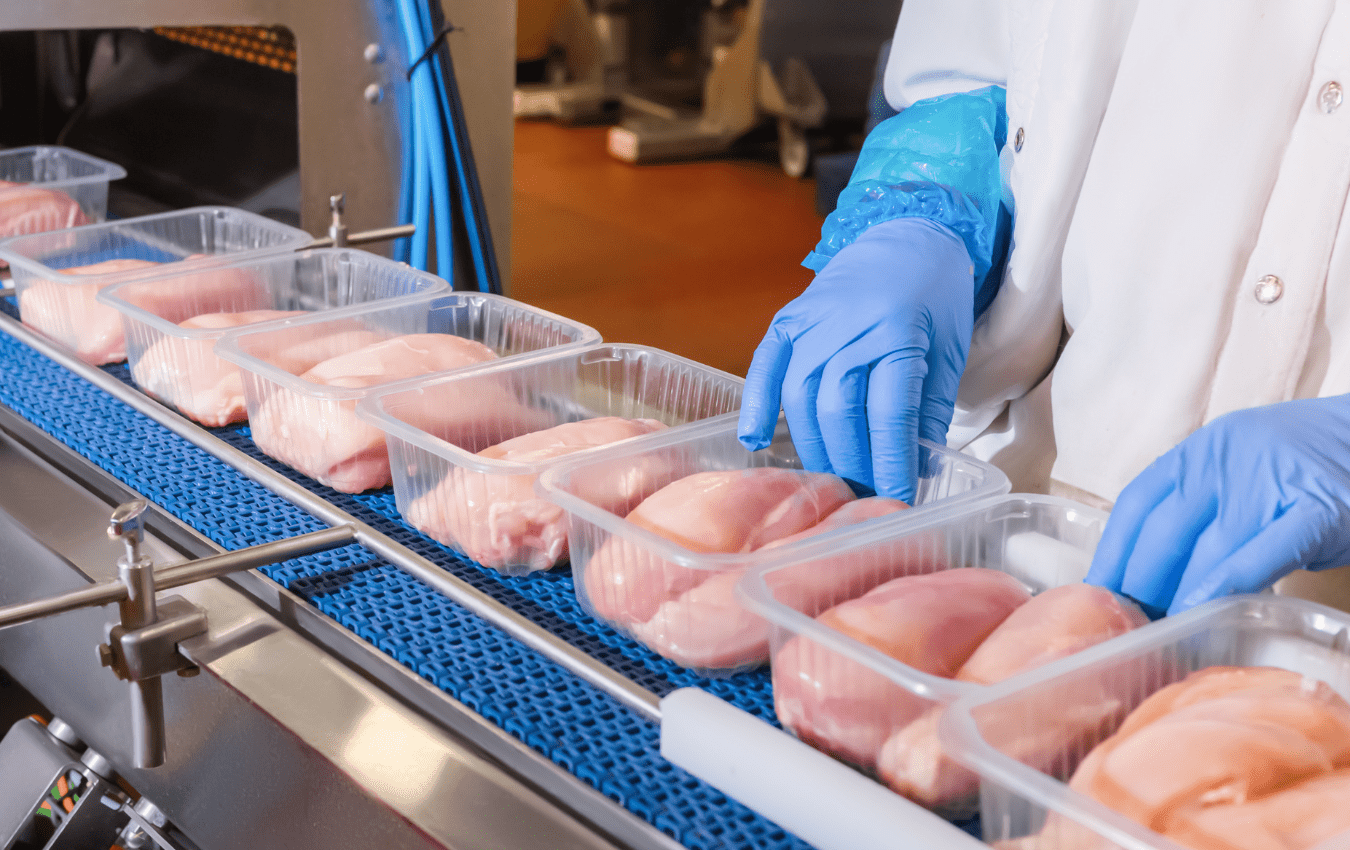
Developing a Packaging Strategy
Based on your evaluation, develop a comprehensive packaging strategy for the fiscal year:
- Setting Goals: Define clear objectives for your packaging, such as reducing costs, minimizing environmental impact, or enhancing customer unboxing experiences.
- Action Plan: Create a step-by-step action plan to achieve these goals, including timelines and responsibilities.
Conclusion
Evaluating your packaging needs for the upcoming fiscal year is a multi-faceted process that requires a strategic approach. By assessing current performance, anticipating product changes, focusing on sustainability, and staying attuned to technological advancements, businesses can develop a packaging strategy that not only meets their operational needs but also aligns with customer expectations and environmental responsibilities. Remember, effective packaging is an investment in your product’s success and your brand’s reputation.
With new tariff proposals and continued trade uncertainty, 2026 is shaping up to be another pivotal year for packaging sourcing strategy. Many companies that shifted production away from China in
Following multiple rounds of tariff changes and trade policy adjustments, 2026 marks a turning point for U.S. packaging buyers. Many who previously transitioned from China to domestic or nearshore suppliers
Shifting packaging production from China to the U.S. can help stabilize costs, reduce tariff exposure, and shorten lead times. But the transition process requires careful planning. For packaging buyers, the
RSC boxes are known for their efficiency and versatility, but their performance ultimately comes down to strength. Buyers often see numbers like ECT, BCT, and burst strength on specifications —
Home » Evaluating Packaging Needs: A Fiscal Year Guide


